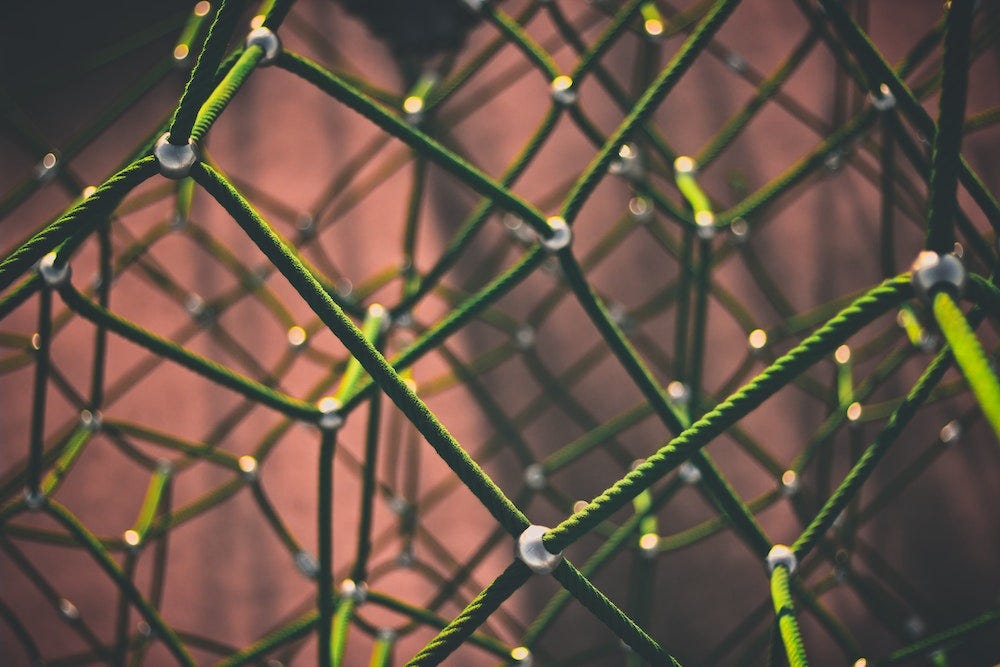I’ve been stuck on something for a few weeks, so I asked Twitter to set me straight. No luck there but I was able to remember an old community framework that helped me get unstuck.
(This is what it’s like living in my head and apparently, this newsletter is just about all the times I’ve been wrong. ENJOY! Or feel free to skip to my recommended reading at the bottom if you aren’t in the mood for this food-blogger-esque journey.)
OK here’s what I got it wrong…

Right now every brand wants a community and the tech world is building consumer social apps like we all have 3 sets of ears and eyes and fingers. This is inspiring and terrifying at the same time. WWDT? (What would Dunbar think?)
Dunbar's number is a suggested cognitive limit to the number of people with whom one can maintain stable social relationships—relationships in which an individual knows who each person is and how each person relates to every other person.[1][2] This number was first proposed in the 1990s by British anthropologist Robin Dunbar, who found a correlation between primate brain size and average social group size.[3] By using the average human brain size and extrapolating from the results of primates, he proposed that humans can comfortably maintain 150 stable relationships.[4]
I get nervous thinking about too many communities being built too quickly. Is too much community a bad thing? What will happen if we don’t have enough people to deeply engage with each other in these spaces?
And it was this point in my consternation that I remembered the pool, hub, web framework.

A web community happens when each member has strong one-to-one relationships with multiple members with similar values, experiences, interests. As a community member forms more and more bonds, the entire network grows in strength.
This is an optimal community network (Thank you, Alexis Haebin Kim for coming up with this term with me!) that leads to more connection and more transformation. These are the communities that become part of your identity. Being part of this community would serve well as a personal fun fact. Ex. “I’m Danielle. I build startup communities and I also am an On Deck fellow!” I love a web community.

Remember when we could do shit like this? ;-;
Some communities are pools. Pool communities consist of members that share something in common but don’t connect too deeply. Each member floats around, casually bumping off of other members lazy river-style. For some reason, the Facebook group where people pretend to be ants comes to mind as a pool community. Or Lollapalooza might be a pool community (the 90s ones not the 00s ones).
BTW, I would never introduce myself by saying, “I’m Danielle. I build startup communities and I’m also in a Facebook group where people pretend to be ants.”
The problem with pools is you don’t always need them. You can jump in and out with little friction. You don’t get too deep with other members, bonds are there but not super strong. But a good pool serves a purpose. Because not all communities need to be web communities. (I’m telling myself this more than anyone else. I am guilty of having an idealist, er elitist?, view of what a community should be. Trying to shake this.)

And some communities are hubs, where members have connections to a central figure or figures. The connection to these central figure(s) is stronger than with one another. I imagine this is what every influencer community looks like, that I think with the right strategy they could become web communities? I also see Clubhouse going down this road, where the people often on the stage get to form stronger bonds and the audience observes.
I suppose I want to land this plane by saying web communities can be transformational to their members. But transformation is not something we need every minute of every day. And our brains can only handle so many deep connections. We also need to float around and bump into other humans in social spaces. We need inspiring central figures, and to be able to gather with other people who also find them inspiring.
But if you’re down to build a web, please do it. We need people doing the work to create and tend to them. And if you’re hiring a community builder creating webs, please pay them handsomely.
BONUS: Recommended reading! More words for you!
BlackSpace Manifesto shares principles for designers that I think community managers should adopt
Why you need to hire a Chief Community Officer (and why “community” and scale are often opposites)



